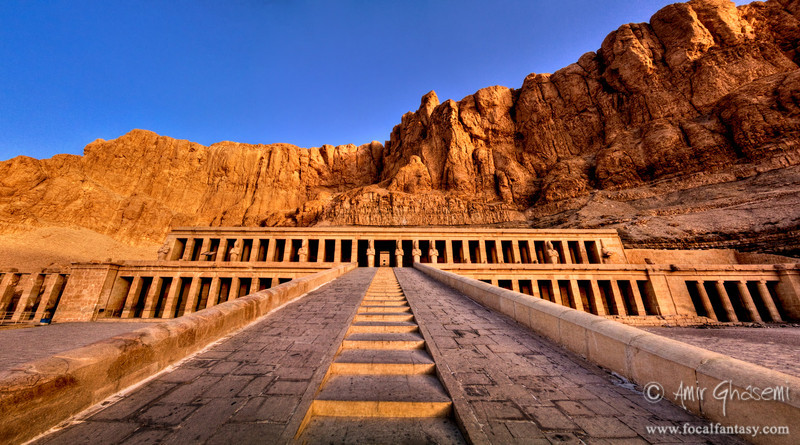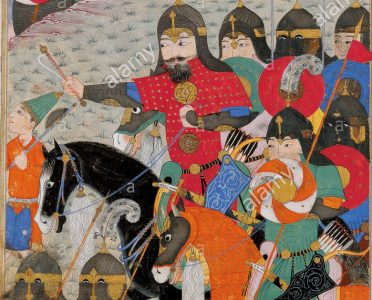Ό,τι αποκαλούμε πολύ απλά σήμερα ως Ιστορικούς Δρόμους του Μεταξιού είναι ένα μεγάλο σύμπλεγμα ιστορικών δρόμων κατά ξηράν, έρημον και θάλασσαν από όπου πλείστα όσα εμπορεύματα διοχετεύθηκαν από τα δυτικώτερα προς τα ανατολικώτερα άκρα της επιφάνειας της Γης και αντίστροφα. Οι δρόμοι αυτοί καλύπτουν όλες τις εκτάσεις από τα νότια άκρα της Σιβηρίας μέχρι τα ανατολικά αφρικανικά παράλια και την ζούγκλα της Μαύρης Ηπείρου, έτσι περιλαμβάνοντας την Μεσόγειο, την Ερυθρά Θάλασσα, τον Ινδικό Ωκεανό και την Θάλασσα της Κίνας (Κίτρινη Θάλασσα).
Στα χρόνια της Ύστερης Αρχαιότητας, από τους Αχαιμενιδείς του Ιράν μέχρι την αρχική εξάπλωση του Ισλάμ (539 π.Χ. – 651 π.Χ.), για πρώτη φορά στην Παγκόσμια Ιστορία χάρη στην μεγαλουργηματική γεωστρατηγική ιδιοφυΐα του Δαρείου Α’ του Μέγα συνενώθηκαν σε ένα τεράστιο δίκτυο συγκοινωνιών και μεταφορών πολλοί κατά ξηράν, έρημον και θάλασσαν επί μέρους δρόμοι εμπορίου.
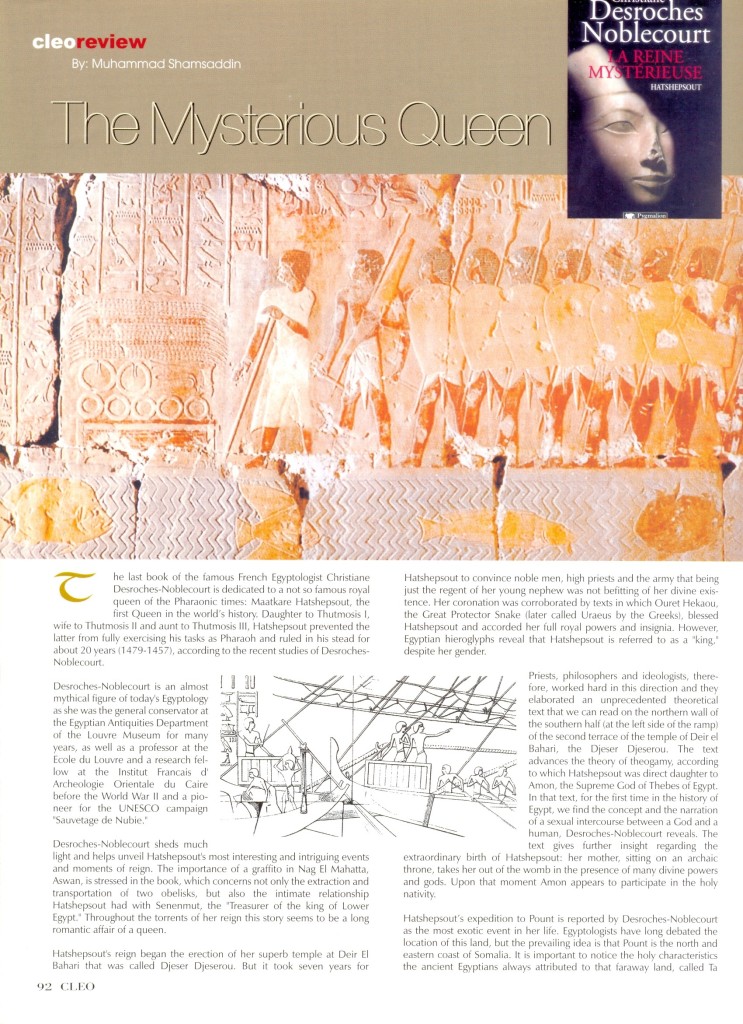
Τότε τα βασικώτερα προϊόντα που διεκινούντο ήταν τα μπαχαρικά και τα λιβανωτά. Η ευκολία, η ασφάλεια, η ταχύτητα και η οργάνωση των συγκοινωνιών και των μεταφορών στα αχαιμενιδικά χρόνια και η απεραντωσύνη του Ιράν διευκόλυναν και το μετάξι να διαδοθεί από την Κίνα αρχικά στο Ιράν και την Μεσοποταμία και αργότερα μέχρι και την Μεσόγειο και την Ρώμη.
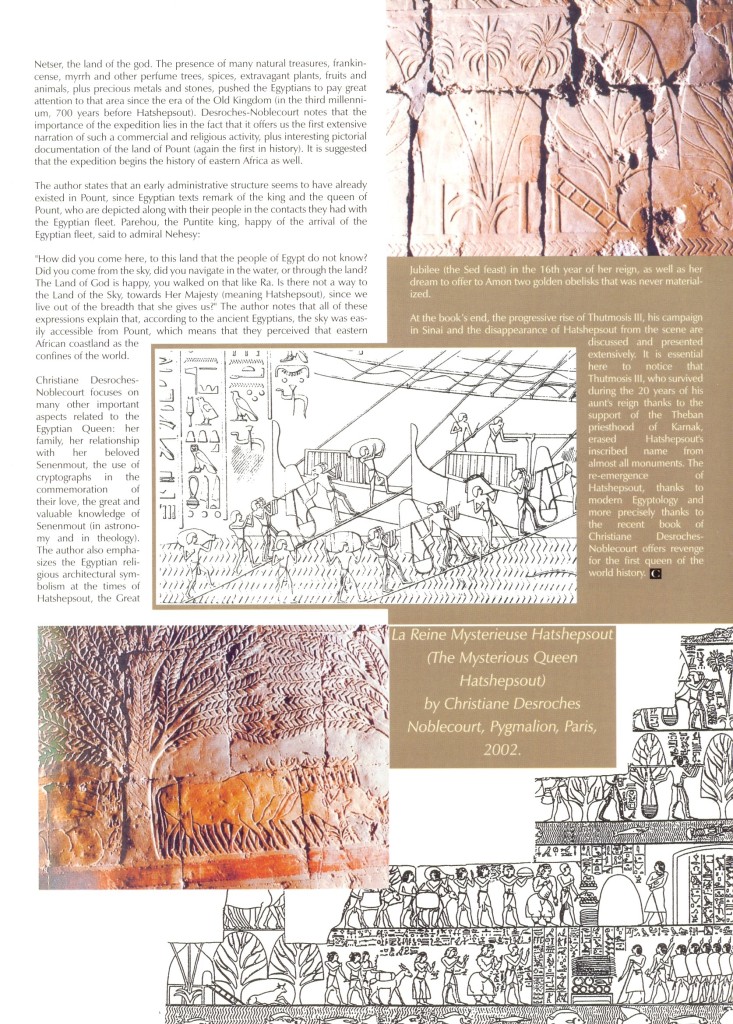
Αλλά ήδη 1000 χρόνια πριν από τους Αχαιμενιδείς, ο θαλάσσιος δρόμος που συνέδεε την Αίγυπτο με την Ανατολική Αφρική και τον ευρύτερο κόσμο του Ινδικού Ωκεανού είχε διαμορφωθεί. Η φαραωνική επιγραφή του Ντέιρ αλ Μπάχαρι, στις Δυτικές Θήβες της Αιγύπτου (Λούξορ), διαλαμβάνει διεξοδικά τα πεπραγμένα της αποστολής του αιγυπτιακού στόλου υπό τον Ναύαρχο Νεχεσί στο Πουντ (Σομαλία) την εκεί συνάντηση των Αιγυπτίων με τους Σομαλούς συμμάχους τους, οι οποίοι υπό τον βασιλιά Περεχού τους υποδέχθηκαν με μεγάλες τιμητικές αναφορές για την Αίγυπτο. Ωστόσο, οι Αιγύπτιοι τιμούσαν το Πουντ περισσότερο από όσο οι Πουντίτες την Αίγυπτο. Την ευρύτερη περιοχή του Κέρατος της Αφρικής αποκαλούσαν Τα Νετσέρ, δηλαδή Γη του Θεού.
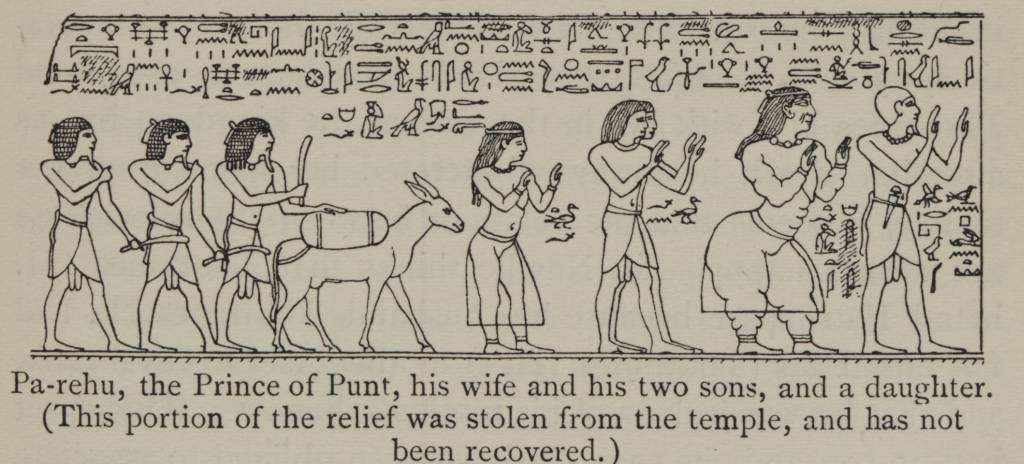
Το ιστορικό αυτό κείμενο που χρονολογείται γύρω στο 1470 π.Χ. σημειώνει και την απαρχή της Γεωπονίας ως επιστήμης με την αναφερόμενη μεταφορά χώματος του Πουντ στην Αίγυπτο προς βελτίωση των εκεί καλλιεργειών. Το παρακάτω κείμενο, το οποίο οπτικοποίησα σε βίντεο, αποτελεί μια βιβλιοκρισία του βιβλίου της γαλλίδας αιγυπτιολόγου Κριστιάν Ντερός Νομπλεκούρ περί την Χατσεπσούτ και την Αποστολή της στο Πουντ εκ μέρους του παλαιού φοιτητή της, αιγυπτιολόγου, καθ. Μουχάμαντ Σαμσαντίν Μεγαλομμάτη.
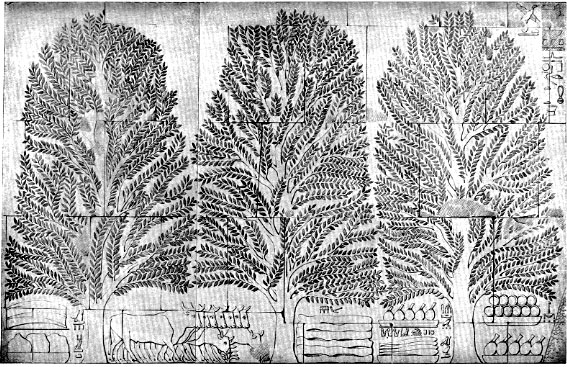
Η Αποστολή του Πουντ είναι το παγκοσμίως αρχαιότερο κείμενο σχετικά με την Ιστορία του Ιστορικού Δρόμου των Λιβανωτών, των Μπαχαρικών & του Μεταξιού.
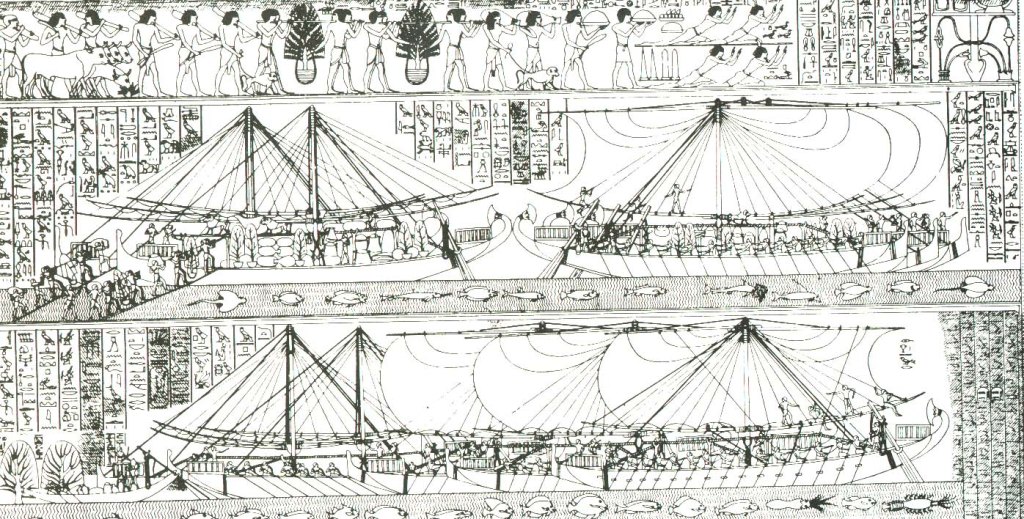
Δείτε το βίντεο:
Αποστολή στο Πουντ: ο Αιγυπτιακός Στόλος της Φαραώ Χατσεπσούτ στη Σομαλία πριν από 3500 Χρόνια
Περισσότερα:
Αναρτώ και πάλι ένα βίντεο που είχα αρχικά ανεβάσει το 2011, οπτικοποιώντας ένα υπέροχο κείμενο του Έλληνα Αιγυπτιολόγου και Ανατολιστή καθ. Μουχάμαντ Σαμσαντίν Μεγαλομμάτη το οποίο είχε πρωτοδημοσιευθεί στο περιοδικό CLEO (Κάιρο, 2002). Στο άρθρο του αυτό, ο τότε αρχισυντάκτης και διευθυντής του περιοδικού αυτού είχε κάνει μια βιβλιοκρισία ενός βιβλίου της παλιάς γαλλίδας καθηγήτριάς του Κριστιάν Ντερός Νομπλεκούρτ αναφορικά με την μεγάλη ναυτική αποστολή την οποία η Φαραώ Χατσεπσούτ, πρώτη βασίλισσα της Παγκόσμιας Ιστορίας, είχε στείλει στο Πουντ (σημερινή Σομαλία νοτίως του Κέρατος της Αφρικής) γύρω στο 1470 π.Χ.
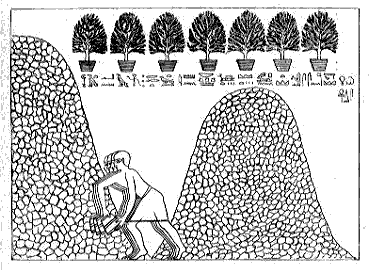
Δείτε το βίντεο:
Hatshepsut and her Expedition to Punt (Somalia) ca. 1470 BCE, by Prof. Shamsaddin Megalommatis
https://orientalgreeks.livejournal.com/26215.html
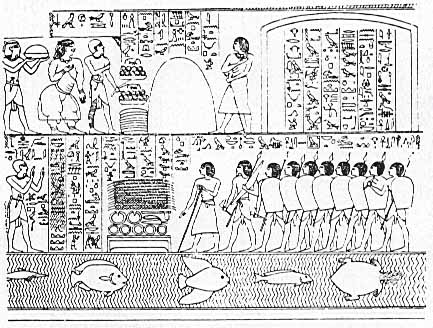
Δείτε το βίντεο:
Хатшепсут и ее экспедиция в Пунт (Сомали) ок. 1470 г. до н.э., профессор Шамсаддин Мегаломматис
https://vk.com/video434648441_456240494
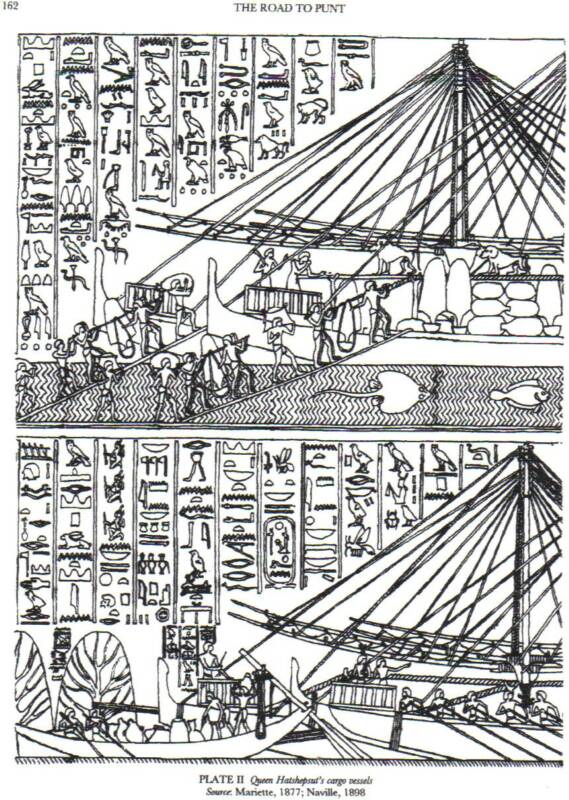
Δείτε το βίντεο:
Хатшепсут и ее экспедиция в Пунт (Сомали) ок. 1470 г. до н.э., профессор Шамсаддин Мегаломматис
https://ok.ru/video/1698074069613
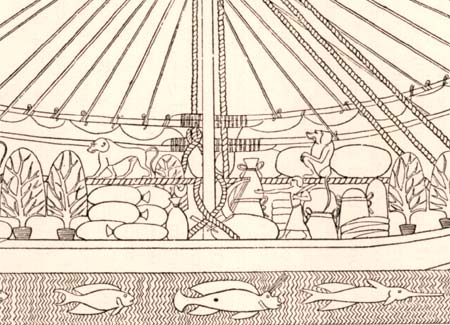
=====================================
Hatshepsut and her Expedition to Pount, the coast of Somalia

Christiane Desroches-Noblecourt, La Reine Mysterieuse (the Mysterious Queen) Hatshepsout, Pygmalion, Paris, 2002, 504p.
A book review by Prof. Dr. Muhammad Shamsaddin Megalommatis
The last book of the famous French Egyptologist Christiane Desroches Noblecourt is dedicated to a not yet very well known royal person of the Pharaonic times: Maatkare Hatshepsut, the First Queen of the World History. The importance of Hatshepsut lies above all in the fact that, referring to her, we use the term “queen” not in the simple sense “wife to a Pharaoh”, but in the significance of the sole and indisputable ruler of the country. In that way, Hatshepsut has truly been the first female ruler all over the World! Daughter to Thutmosis I, wife to Thutmosis II and aunt to Thutmosis III, Maatkare Hatshepsut prevented the latter from becoming a fully exercising his tasks Pharaoh, and ruled in his stead for about 20 years, 1479 – 1457 according to the recent studies of Desroches-Noblecourt (p.8 – 10).
Christiane Desroches-Noblecourt is an almost mythical figure of today’s Egyptology; General Conservator at the Egyptian Antiquities Department of the Louvre Museum for many long years, professor at the famous Ecole du Louvre, research fellow at the Institut Francais d’ Archeologie Orientale du Caire already before the World War II, she was the real soul of the great UNESCO campaign “Sauvetage de Nubie”. The campaign was carried out in the late 50s, in the 60s and the 70s and helped in preserving (and transporting elsewhere) numerous temples of Nubia (in Egypt and the Sudan), which would have been lost forever under the waters of the lake behind the High Dam (Sad al Ali) of Aswan. She was the most active scholar in all the stages of the campaign (especially in the two Abu Simbel temples’ transportation to a higher and safer location), and she did not limit herself in the purely scientific work, but participated in the much needed fundraising, in the political and international contacts that would create among numerous heads of state the necessary sensitivity for this big project, as well as in innumerable meetings related to the technical and practical needs of the campaign. Desroches-Noblecourt has been a Commander of the Legion d’ Honneur and Grand Officer of the Order of the Arab Republic of Egypt.
Desroches-Noblecourt sheds much light on various aspects of the Queen’s reign, and helps us unveil Hatshepsut’s most interesting and intriguing events and moments of reign: how she decided to keep the reins of royal power in a world where only men were meant to rule, and usurp the throne rights of her nephew! The importance of a graffito in Nag El Mahatta, Aswan, is stressed in the book and this concerns not only the extraction and transportation of two obelisks, but also the intimate relationship Hatshepsut had with Senenmut, the “Treasurer of the King of Lower Egypt”. Throughout the torrents of her reign, this story seems to be a long romantic affair of a Queen, who was always politically too weak (because of her sex) to get married with someone of non-Pharaonic origin whom she just loved too much.
Already in the beginning of Hatshepsut’s reign started the erection of her superb temple at Deir el Bahari that was called Djeser Djeserou, the Marvel of the Marvels! But it took seven entire years for Hatshepsut to convince the great noble men, the high priests and the army that she was able to rule and that being just the regent of her young nephew was not fitting her divine existence! Her enthroning ceremony was corroborated by texts in which Ouret Hekaou, the Great Protector Snake (later called by the Greeks Uraeus), blessed Hatshepsut and accorded her full royal powers and insignia. Yet, in Egyptian Hieroglyphic Hatshepsut, although a woman, was called “king”, as if she was a male ruler! It was very clear that she needed a strong religious and ideological support to reign!
Priests, philosophers and ideologists worked therefore hard in this direction and they elaborated an unprecedented theoretical text that we can read on the northern (narrow) wall of the southern half (at the left side of the ramp) of the Second Terrace of the Temple of Deir el Bahari, the Djeser Djeserou. The text advances the theory of Theogamy, according to which Hatshepsut was direct daughter to Amun, the Supreme God of Thebes of Egypt! In that text, for the first time in the History of Egypt, we find the concept and the narration of a sexual intercourse between a God and a human. According to the text, Amun visited in her palatial room, Ahmes, who was mother to Hatshepsut and queen to Thutmosis I; “when He approached her, His love run in her flesh, transported by His virility. The palace was inundated by the perfume of God, all the odours coming from Punt”. At the end of the long narrated intercourse, Ahmes pronounced himself the name of the child to come (Hatshepsut) and Amun corroborated the fact, predicting that the female child to come would rule the Two Lands, Upper and Lower Egypt.
The text gives further insight regarding the extraordinary birth of Hatshepsut: her mother, sitting on an archaic throne, takes her out of the womb in the presence of many divine powers and gods. Upon that moment Amun appears to participate in the Holy Nativity.
With such a theoretical support Hatshepsut could rule calm for some time and dedicate herself to what seems to be the most exotic event of her reign: the Expedition to Punt.
Egyptologists have long debated the location of this land; the main interpretations and identification efforts place Punt at a) the (northern and/or eastern) coast of Somalia (this is the prevailing idea), b) the coast of today’s Eritrea (mostly Kitchen) and c) the Kessala area in eastern Sudan and more precisely, the land between Atbara (affluent to the Nile) and Gash, a stream near the mountains of Kessala.
It is important to notice the holy character the Ancient Egyptians always attributed to that faraway land that they also called Ta Netser, the land of the God. The presence of many natural treasures, frankincense, myrrh and other perfume trees, spices, extravagant plants, fruits and animals, plus precious metals and stones, pushed the Egyptians to pay great attention to that area ever since the times of the Old Kingdom (in the 3rd millennium, 700 years before Hatshepsut). The importance of the Expedition lies in the fact that it offers us the first extensive narration of such a commercial and religious activity, plus very interesting pictorial documentation of the land of Punt (again the first in History). Practically speaking, with the Expedition of Punt starts the History of Eastern Africa!
The holy character of Punt gives automatically a religious character to the activities the Egyptians carried out there; a very early administrative structure seems to have already existed, since the Egyptian text makes state of the King and the Queen of Punt, who are depicted along with their people in the contacts they had with the Egyptian fleet. Parehou, the Puntite king, happy of the arrival of the Egyptian fleet, said to admiral Nehesy:
“How did you come here, to this land that the people of Egypt do not know? Did you come from the sky? Did you navigate in the water, or did you cross the land? The Land of God is happy, you walked on that like Ra. Is there not a way to the Land of the Sky, towards Her Majesty (meaning Hatshepsut), since we live out of the breadth that she gives us?” All these expressions let us understand that, according to the Ancient Egyptians, the sky was easily accessible from Punt, which means that they perceived that eastern African coast land as the confines of the world, where only the sky comes very low and the Firmament permits people to move in the lower sky!
A great festival was arranged upon arrival of the mercantile fleet back to Thebes. Along with the numerous transported Punt trees, holy earth from that land was brought to the Egyptian capital (Niout, as they called in Egyptian) in an effort to enhance the quality and the holiness of the local soil. Hatshepsut attended that festival and presented all the treasures of Punt to Amun. The inscription of Deir el Bahari closes with the Solemn Declaration of Amun.
Christiane Desroches-Noblecourt focuses on many other important aspects related to the Egyptian Queen: her family, her relationship with her beloved Senenmut, the use of cryptographs in the commemoration of their love (that could not live in the light of the day), the great and valuable knowledge of Senenmut (in astronomy and in theology), the Egyptian religious architectural symbolism at the times of Hatshepsut, the Great Jubilee (the Sed feast) in the 16th year of her reign, as well as her dream to offer to Amun two golden obelisks (a little bit expensive!) that was never materialized. At the end of the book, the progressive rise of Thutmosis III, his campaign in Sinai and the disappearance of Hatshepsut from the scene are discussed and presented extensively. It is essential here to notice that Thutmosis III, who survived during the 20 years of his aunt’s reign thanks to the support of the Theban priesthood of Karnak, erased Hatshepsut’s name from almost all the monuments it was written!
The re-emergence of Hatshepsut, thanks to modern Egyptology and more precisely thanks to the recent book of Christiane Desroches Noblecourt, is a revenge for the First Queen of the World History and a victory for all the women of the world!
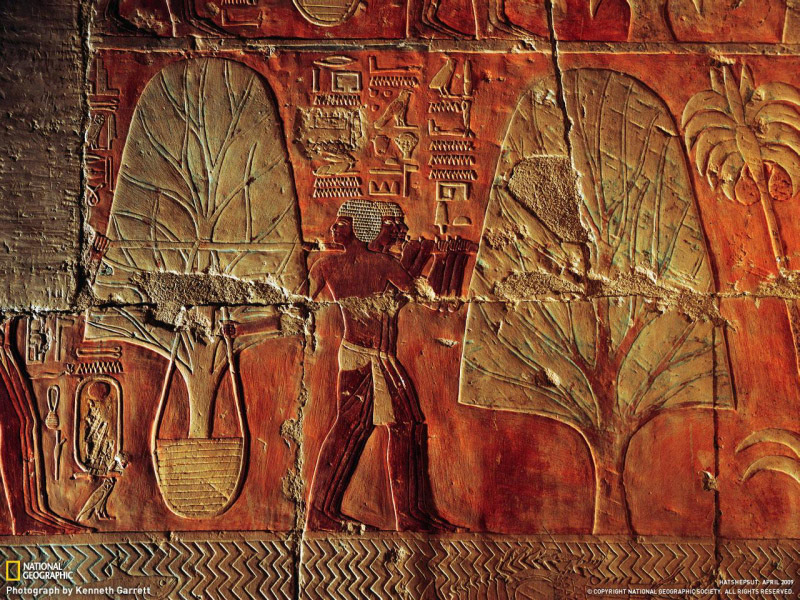
————————————————————————
Κατεβάστε το κείμενο σε Word doc:
